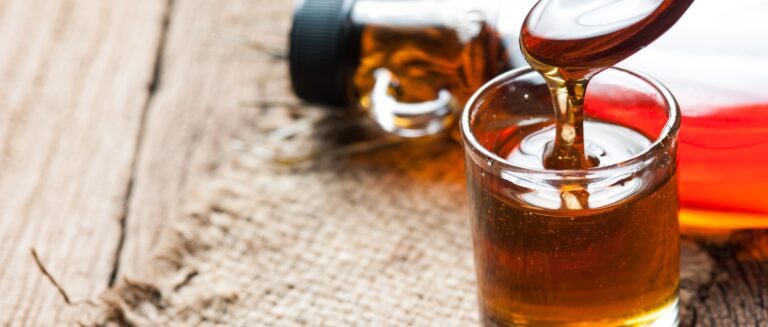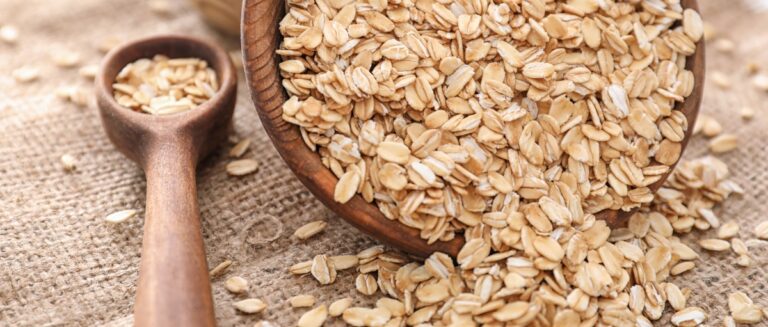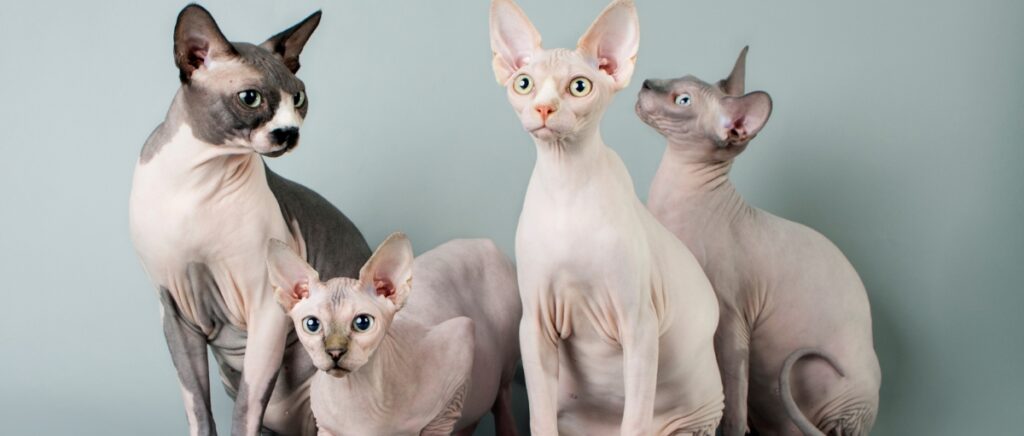Do you adore cats but dread the endless vacuuming and lint-rolling that comes with pet ownership? You’re not alone. According to the Asthma and Allergy Foundation of America, up to 20% of people are allergic to cats, with cat hair and dander being common triggers. But what if we told you there are cat breeds that don’t shed or shed very little?
While no cat is 100% hypoallergenic, several breeds are known for minimal shedding. From the hairless Sphynx to the curly-coated Devon Rex, these low-shedding felines can be the “purr-fect” solution for allergy sufferers or neat freaks who still want to experience the joys of having a cat.
This article will introduce ten low or non-shedding cats that won’t leave your furniture covered in fur. We’ll also discuss their unique characteristics, grooming needs, and compatibility with allergies, helping you find the ideal companion for your lifestyle.
Understanding Hypoallergenic Cats: Regular Breeds vs. Low-Shedding Cat Breeds
There’s a lot of misinformation about cats and allergies. Many people believe that there are non-shedding cats, making them completely hypoallergenic. However, the truth is that all cats shed a little and produce allergens to some extent. There are just cats that don’t shed as much as others.
So, what exactly makes a cat hypoallergenic? There are two main factors, according to PetMD:
- Lower production of the Fel d 1 protein.
- Reduced shedding.
The Fel d 1 protein is the primary allergen produced by cats. It’s in their saliva, urine, and dander (dead skin cells). When a cat grooms itself, the saliva containing Fel d 1 spreads all over its fur. As the saliva dries, the protein becomes airborne, causing allergic reactions in sensitive individuals.
Cats that produce less Fel d 1 are often considered hypoallergenic. Some breeds, such as the Siberian and Balinese, naturally produce lower levels of this protein. However, it’s important to note that individual cats within a breed can vary in their Fel d 1 production.
In addition to Fel d 1, cats produce other allergens that can trigger symptoms in allergy sufferers:
- Dander
- Urine
- Fur
Reduced shedding helps minimize the spread of these allergens in the environment. Breeds like the Sphynx, which are hairless or have very short coats, tend to shed less than their furry counterparts. Less shedding means fewer allergens circulating in the air and settling on surfaces.
If you’re considering adopting a cat but have allergies, it’s crucial to understand these factors. While no cat is 100% hypoallergenic, cats that don’t shed as much as others can relieve allergy sufferers.
What Cats Don’t Shed? 10 Cat Breeds That Don’t Leave Your Home Covered in Fur
If fur on the couch or your clothing makes your eyes water, low-shedding cat breeds or hairless cats may better suit your home.
1. Sphynx
The Sphynx is the most well-known hairless cat breed. These unique felines have smooth, suede-like skin that feels warm. While they’re not entirely hypoallergenic, they don’t shed and produce less dander than other cats.
Sphynx cats are known for their friendly, outgoing personalities. They love attention and will often follow their owners around the house. Despite their lack of fur, they still require regular grooming to keep their skin healthy and free of oil buildup.
2. Peterbald
The Peterbald is another hairless breed with various coat types, ranging from completely bald to short, fuzzy down. These cats are intelligent and affectionate, and they make excellent companions.
Like the Sphynx, Peterbalds need regular bathing to remove excess oil from their skin. They are also more prone to dental issues, so daily tooth brushing is recommended.
3. Devon Rex
The Devon Rex has a short, curly coat that feels soft and velvety. While it’s not completely hypoallergenic, it sheds much less than other cat breeds.
These playful, mischievous cats are known for their clown-like antics and love of attention. They’re also highly intelligent and can easily learn tricks.
4. Cornish Rex
Like the Devon Rex, the Cornish Rex has a short, wavy coat that lies close to its body. It sheds very little and is often considered a good choice for allergy sufferers.
Cornish Rex cats are active, curious, and love to play. They’re also known for their acrobatic abilities and can often perch in high places.
5. Siberian
The Siberian is a long-haired breed with less Fel d 1 protein than other cats. While they’re not completely hypoallergenic, they may be a good option for mild allergy sufferers.
These gentle giants are known for their friendly, affectionate nature. They’re also highly intelligent and enjoy playing with puzzle toys.
6. Russian Blue
The Russian Blue has a short, dense coat that sheds minimally. It’s known for its beautiful blue-gray fur and striking green eyes.
These gentle, reserved cats make excellent companions for quiet households. They’re also highly intelligent and enjoy interactive playtime.
7. Siamese
Siamese cats have a short, fine coat that lies close to their body. While they shed, their peach fuzz produces less fur than many other cat breeds.
These vocal, social cats are known for their striking blue eyes and colorpoint coats. They’re also highly intelligent and enjoy being the center of attention.
8. Burmese
The Burmese have a short, fine coat that sheds minimally. It comes in various colors, including sable, champagne, and blue.
These affectionate, people-oriented cats make excellent companions for families with children or other pets. They’re also known for their playful, curious nature.
9. Bengal
The Bengal has a short, dense coat that feels soft and silky. While it is not hypoallergenic, it sheds less than many other cat breeds.
These active, athletic cats are known for their wildcat-like appearance and love of water. They’re also highly intelligent and enjoy playing games like fetch.
10. LaPerm
The LaPerm has a unique curly coat that is available in short and long lengths. While it is not completely hypoallergenic, it sheds less than many other long-haired breeds.
These affectionate, gentle cats make excellent companions for families with children or other pets. They’re also known for their curious, playful nature.
When choosing a low-shedding cat breed, it’s important to remember that individual cats within a breed can vary in their shedding and allergen production. Spend time with a cat before adopting to see how your allergies react, and always consult with a healthcare professional if you have severe allergies.
Do Cats Have an Undercoat? Caring for Cats That Don’t Shed (As Much)
While low-shedding cats generally require less grooming than their furry counterparts, they still need regular care and cat grooming to keep their skin and coats healthy. Here are some tips for caring for your low-shedding feline friend:
Brushing and Grooming
Even short-haired, low-shedding cats benefit from regular brushing. Use a soft-bristled brush or grooming glove to remove loose fur and distribute natural oils throughout their coat. For hairless breeds like the Sphynx and Peterbald, regular bathing with a gentle, cat-specific shampoo is necessary to prevent oil buildup on their skin.
Diet and Nutrition
A high-quality, balanced diet is essential for maintaining your cat’s skin and coat health. Look for a cat food that contains omega-3 fatty acids, which can help reduce shedding and improve coat shine. Avoid overfeeding, as obesity can lead to a host of health problems, including skin issues.
Creating an Allergy-Friendly Environment
Even with a low-shedding cat, minimizing allergens in your home is important. HEPA filters help collect almost 100% of pet dander and other allergen particles at least 0.3 microns or larger, so regular vacuuming with this filter can help keep the air allergen-free. Washing your cat’s bedding and toys frequently can also reduce allergen buildup. Consider using an air purifier to remove allergens from the air.
Finding Your Perfect Match Among Cats That Shed the Least
When choosing among low-shedding cat breeds, it’s important to consider your lifestyle and preferences. Here are some factors to keep in mind:
Allergy Concerns
If you or a family member has cat allergies, spend time with the breed you’re considering before committing. Visit a breeder or shelter and interact with the cats to see how your allergies react. Remember that individual cats within a breed can vary in their allergen production, so finding a cat that works for your specific needs is essential.
Energy Level and Personality
Low-shedding cat breeds come in various personalities, from the playful and active Bengal to the gentle and reserved Russian Blue. Consider your lifestyle and the time you can devote to playtime and interaction. If you have children or other pets, look for a breed known for being friendly and adaptable.
Grooming Requirements
While low-shedding cats generally require less grooming than other breeds, some still need regular brushing or bathing to keep their skin and coats healthy. Consider how much time and effort you will put into grooming when choosing a breed.
Find Joy (And Relief) With a Hypoallergenic Feline Friend
Low-shedding cat breeds offer a wonderful opportunity for allergy sufferers and neat freaks to experience the joys of cat ownership without the constant shedding and sneezing. By understanding the unique characteristics and needs of these cats that shed the least, you can find the perfect feline companion for your lifestyle.
Remember, while no cat is completely hypoallergenic, low-shedding cat breeds produce fewer allergens and are less likely to trigger symptoms in sensitive individuals. These cats can make wonderful, loving companions with proper pet care and attention.
Sources
Asthma and Allergy Foundation of America (2022). Pet, Dog, and Cat Allergies. https://aafa.org/allergies/types-of-allergies/pet-dog-cat-allergies/
Purina (2021). The Myth of Hypoallergenic Cats. https://www.purina.co.uk/articles/cats/health/skin-fur-ears/myth-hypoallergenic-cats
PetMD (2024). Hypoallergenic Cat Breeds. https://www.petmd.com/cat/general-health/hypoallergenic-cat-breeds
ASPCA (n.d.). Cat Grooming Tips. https://www.aspca.org/pet-care/cat-care/cat-grooming-tips
Allergy Defender (2023). Vacuuming for Clean Air: Does It Really Remove Pet Dander? https://allergydefender.com/blogs/news/vacuuming-for-clean-air-does-it-really-remove-pet-dander











